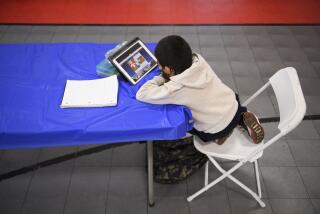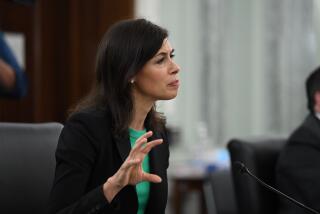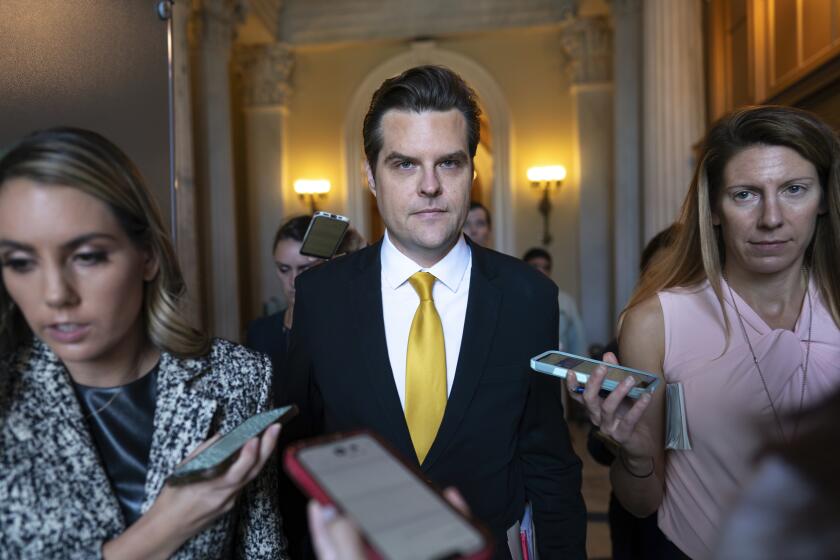Letters: Americaâs broadband success story
Re âAmericaâs broadband blues,â July 23
Harold Feld fails to deliver much analytic value. Instead of attacking my New York Times opinion piece as Pollyanna advocacy because he doesnât approve of the facts, Feld should digest the impact that changing circumstances have on Internet policy.
Independent research finds that broadband is now available to more than 99% of U.S. homes, and the speed of U.S. broadband networks is improving rapidly: While they were 22nd worldwide in 2009, theyâre now 8th and rising. These facts have important policy implications.
With coverage and speed well in hand, Americaâs policymakers are free to turn their attention to present-day issues. At the top of the list is transforming obsolete telephone subsidy programs into
21st century broadband and mobile stimulus engines that will encourage more widespread adoption of the Internet. Many Americans choose not to subscribe to broadband not because it costs too much but because they fail to see its relevance or lack the skills to use it.
As circumstances change in the rapidly moving technology sector, critics who harp on yesterdayâs problems retard needed progress.
Richard Bennett
Washington
The writer is a senior research fellow at the Information Technology and Innovation Foundation.
Feld misses some key points.
The U.S. is one of two countries in the world that has three fully deployed broadband technologies (telephone, cable and LTE wireless). About 90% of Americans can choose from among a telephone, cable or multiple wireless providers.
U.S. networks are world leaders. Nearly 50% of Americans (a five-fold increase in just two years) can get service of 100 megabits per second (Mbps), and that number will soon shoot up to 85%. Comcastâs fastest tier is 19 times faster today than it was in 2007, while Verizon just announced a 500 Mbps tier. By yearâs end, America will boast three nationwide LTE competitors.
Feld is right that the 19 million mostly rural Americans who cannot subscribe to a wired broadband service deserve to be connected. That is why the federal government has programs â modeled on the rural electrification effort â to support new high-speed networks in those unserved areas.
Contrary to Feldâs Chicken Little prognostications, there is much to celebrate.
Everett M. Ehrlich
Washington
The writer was an undersecretary of Commerce in the Clinton administration.
ALSO:
Letters: Americaâs racial divide
Letters: The NRAâs hip messenger
Letters: Sabotaging Mideast peace
More to Read
A cure for the common opinion
Get thought-provoking perspectives with our weekly newsletter.
You may occasionally receive promotional content from the Los Angeles Times.









